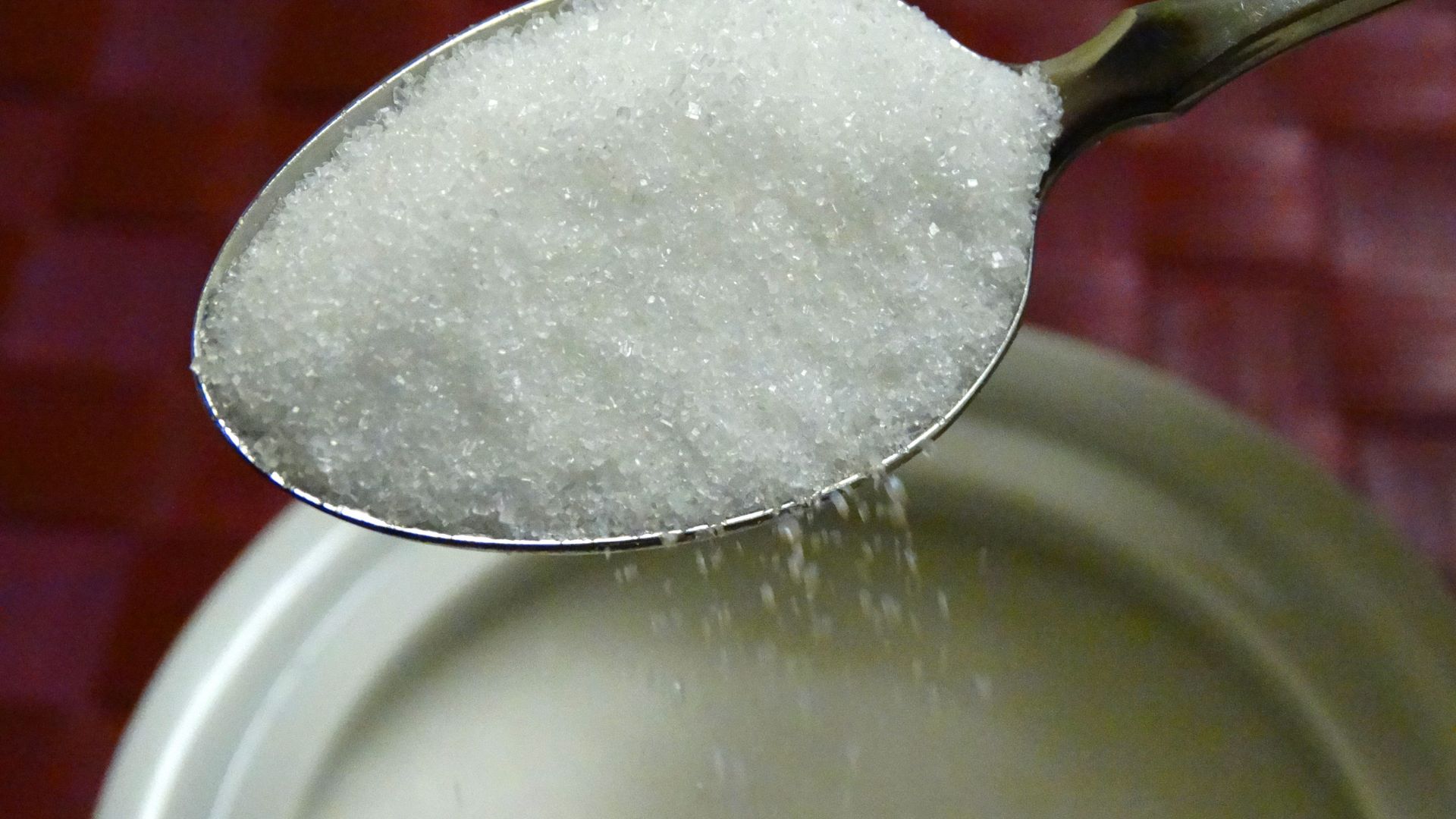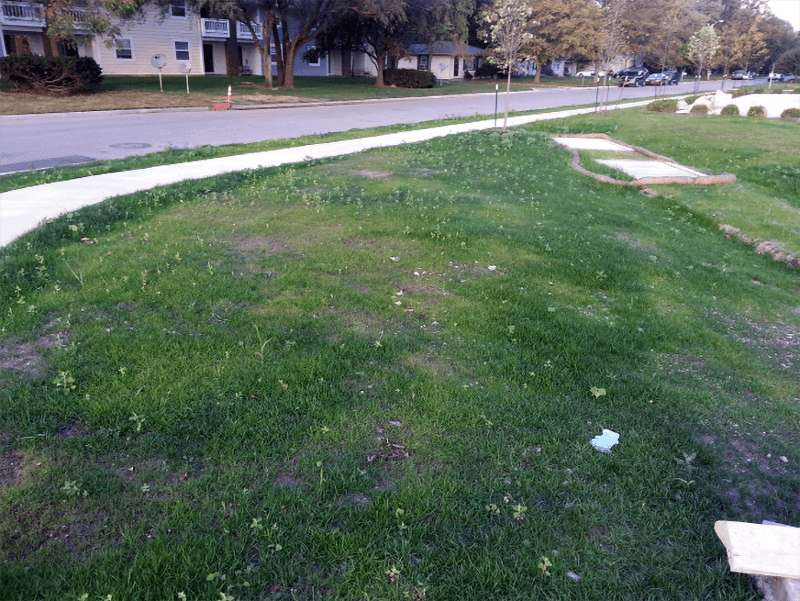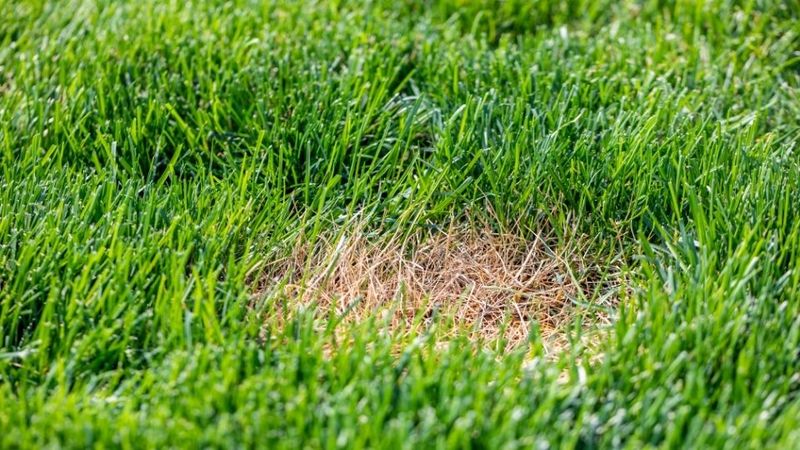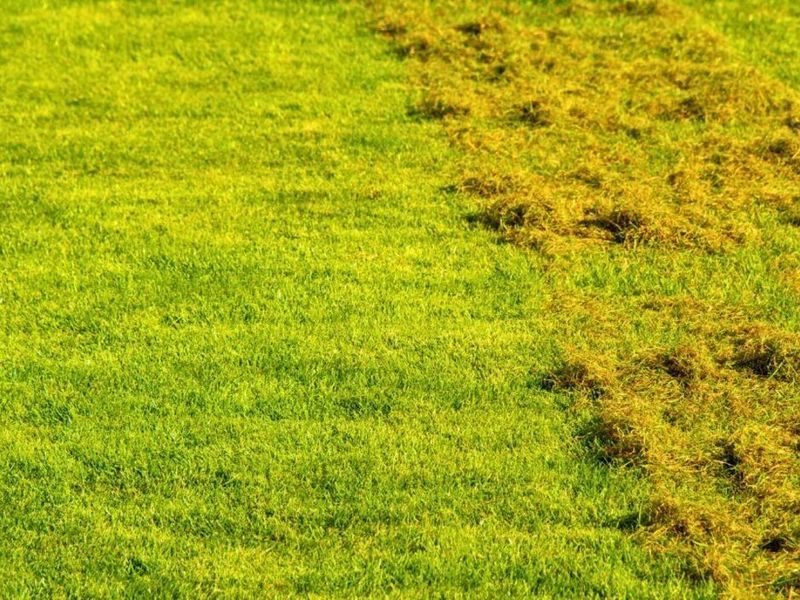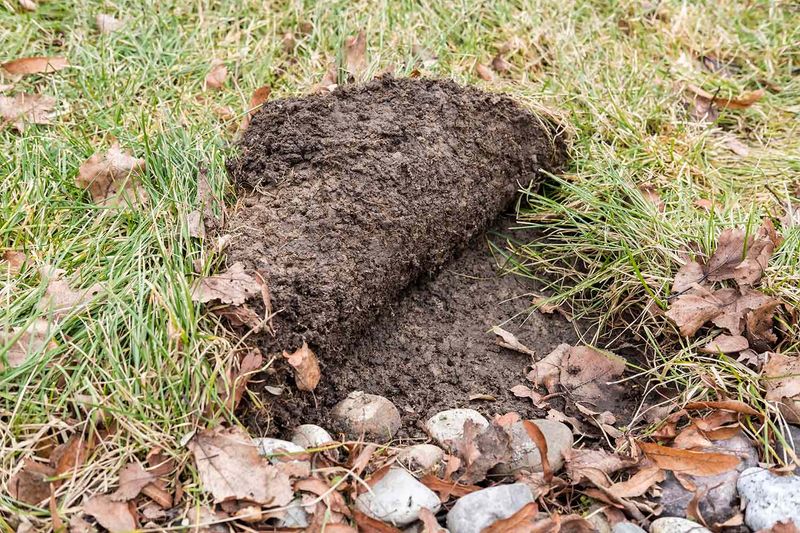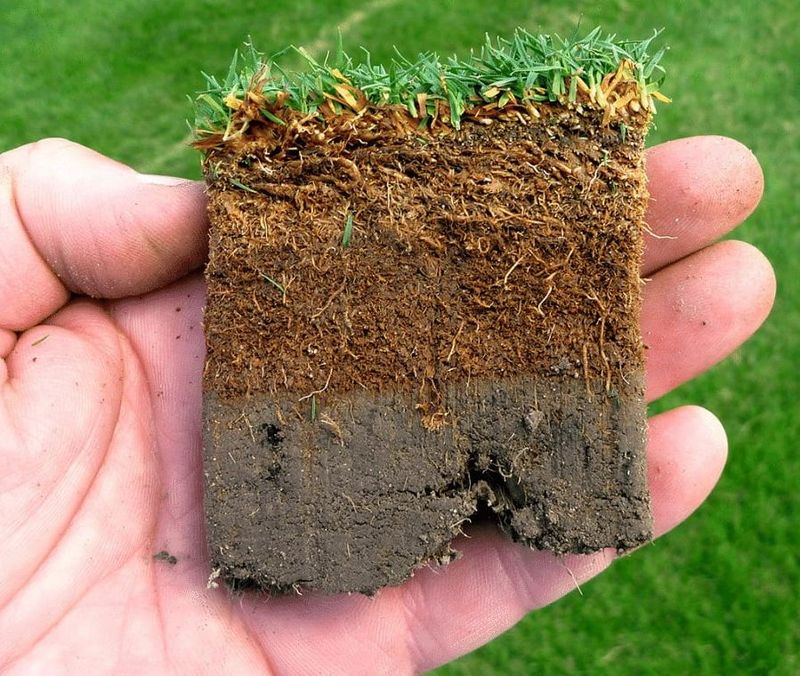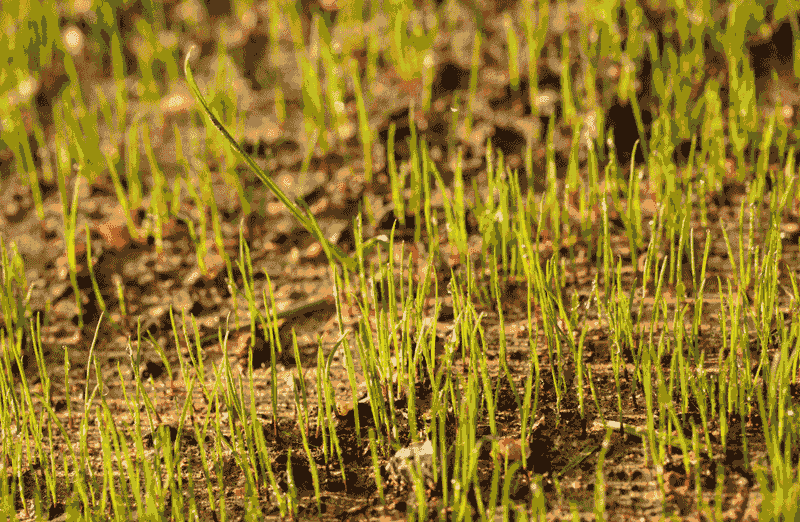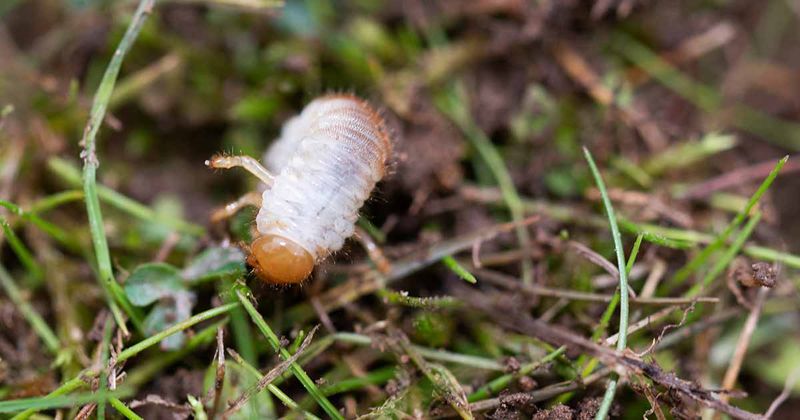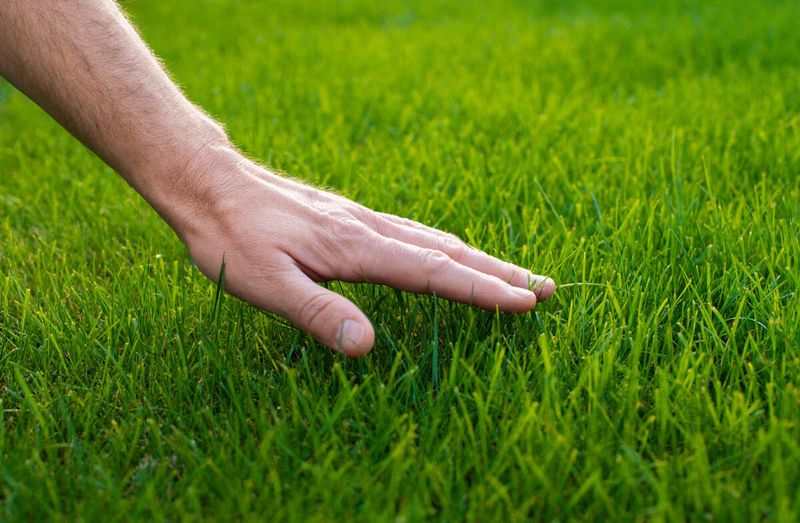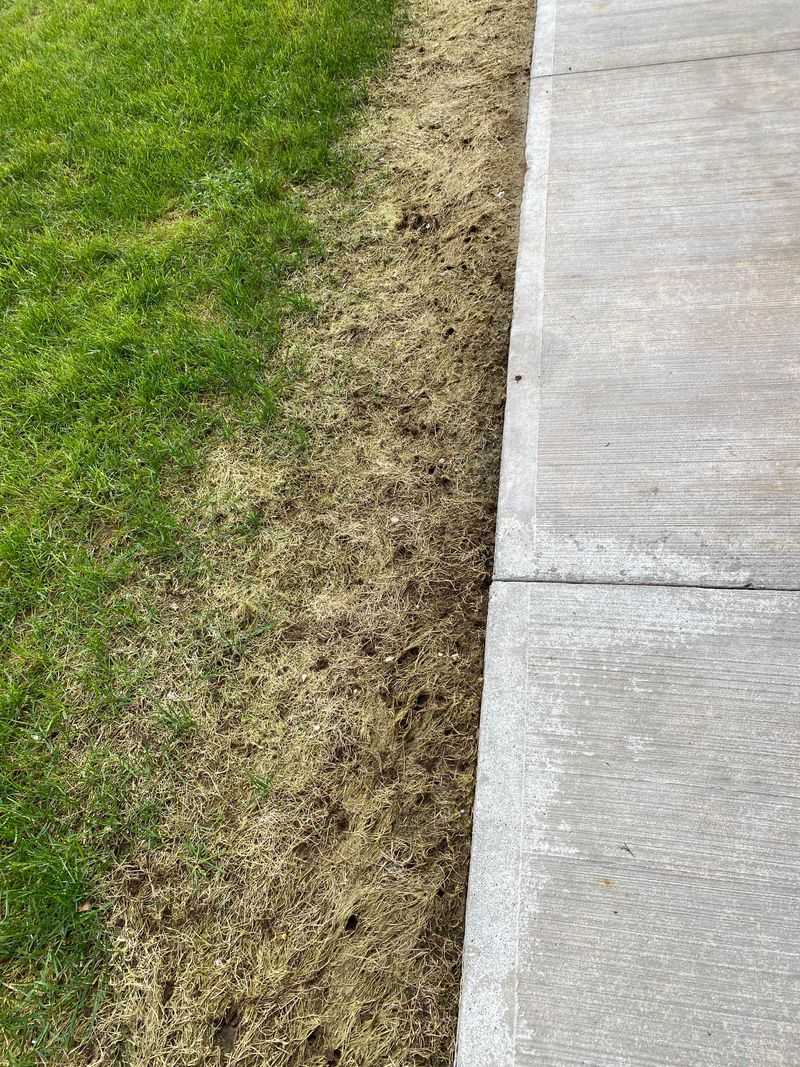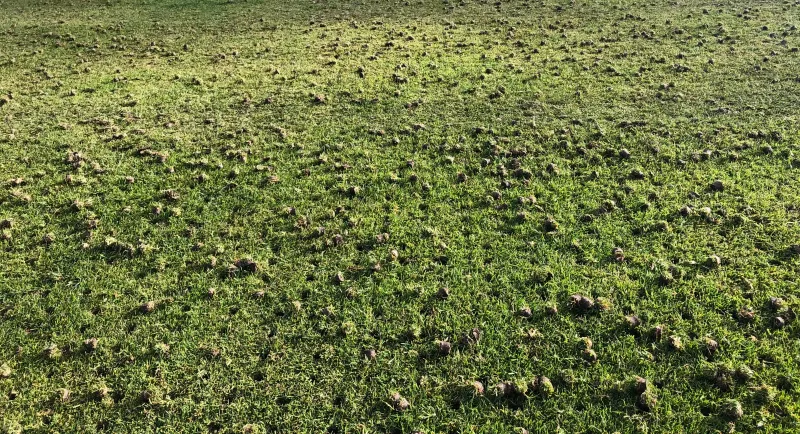Sugar might not scream “lawn care,” but this pantry staple has some sweet tricks up its sleeve. More and more homeowners are using it as a gentle, natural way to boost lawn health—without the harsh effects of chemicals. It’s an old-school remedy that’s making a modern comeback.
When sprinkled lightly over your lawn, sugar feeds the beneficial microbes in the soil. These microbes break down organic matter, improve nutrient availability, and even help crowd out pesky weeds. It’s like giving your lawn a probiotic boost.
You won’t see instant results like you might with synthetic fertilizers, but over time, sugar can help your grass grow greener, thicker, and more resilient. A little sweetness could go a long way toward a healthier, more eco-friendly yard.
1. Feeds Beneficial Soil Microbes
Carbon-hungry microorganisms in your soil go crazy for simple sugars. They multiply rapidly when fed this energy source, breaking down organic matter and releasing nutrients your grass can use.
I tried sprinkling a pound of regular table sugar per 100 square feet last spring. Within weeks, the treated areas showed noticeably greener grass than untreated sections.
The best application times are early spring and fall when soil temperatures are moderate and microbe activity is naturally higher.
2. Naturally Suppresses Fungal Diseases
The boost in beneficial bacteria creates competition for harmful fungi that cause lawn diseases. These good microbes essentially crowd out the bad ones, reducing problems like dollar spot and brown patch.
My neighbor battled brown patch for years with expensive fungicides. After switching to monthly sugar applications, his problem areas cleared up by midsummer.
Mix 1 cup of sugar with 2 gallons of water and spray affected areas every three weeks during humid weather for best results.
3. Starves Out Moss Naturally
Moss thrives in acidic soil with low bacterial activity. Regular sugar applications boost beneficial bacteria that compete with moss for resources, gradually pushing it out of your lawn.
The transformation isn’t immediate. I applied sugar monthly to a shady, moss-prone corner of my yard and noticed significant reduction after about three months of consistent treatment.
For stubborn moss problems, combine this approach with core aeration to improve drainage and reduce the conditions moss prefers.
4. Reduces Thatch Buildup
That layer of dead grass between your soil and living lawn can become problematic when too thick. The microbes stimulated by sugar applications help break down thatch naturally, improving water penetration.
After treating my lawn with sugar for a season, I noticed the springy thatch layer had decreased from nearly an inch to less than half that. No mechanical dethatching needed!
For heavy thatch problems, apply 5 pounds of sugar per 1,000 square feet after core aeration to speed decomposition.
5. Weakens Crabgrass Invasion
The bacterial explosion from sugar treatments creates an environment less favorable for crabgrass germination. These opportunistic weeds struggle when beneficial soil life is thriving.
Last summer, I experimented by treating half my front lawn with monthly sugar applications. By July, the untreated side had significantly more crabgrass patches than the sugar-treated section.
Timing matters—start applications in early spring before crabgrass has a chance to establish itself for maximum effectiveness.
6. Enhances Drought Resistance
Healthier soil biology creates better soil structure, allowing grass roots to penetrate deeper. This improved root system helps your lawn access moisture further down during dry periods.
During last summer’s three-week dry spell, my sugar-treated backyard stayed green while neighbors’ lawns turned brown and dormant. The difference was striking from the street.
Apply a sugar solution monthly during spring to build up soil health before summer heat arrives for the best drought protection.
7. Balances Nitrogen Levels
Excessive nitrogen from chemical fertilizers can create weak, disease-prone grass. The microbes activated by sugar help process and balance nitrogen, preventing the rapid, weak growth that attracts pests.
After years of using high-nitrogen fertilizers, my lawn always suffered summer insect damage. The first season after switching to sugar treatments, I noticed significantly fewer chinch bug problems.
For lawns with history of over-fertilization, apply sugar at 2 pounds per 1,000 square feet to help rebalance the soil biology.
8. Improves Clay Soil Structure
Heavy clay soils benefit tremendously from increased microbial activity. The tiny organisms create channels and aggregate soil particles, gradually improving drainage and root penetration.
My back lawn sits on dense clay that used to puddle after every rain. Two seasons of regular sugar applications have noticeably improved drainage, with water disappearing much faster after storms.
Combine sugar treatments with annual core aeration for faster improvement in stubborn clay soils.
9. Accelerates Compost Breakdown
Topdressing your lawn with compost is excellent practice, but breakdown can be slow. Sprinkling sugar over freshly applied compost speeds decomposition dramatically, releasing nutrients faster.
When renovating my side yard, I split the area and added sugar to half the compost topdressing. The sugar-treated side showed visible results within 2 weeks, while the untreated side took over a month.
Use 1/2 cup sugar per square yard of compost-dressed lawn for optimal decomposition speed.
10. Neutralizes Pet Urine Spots
Dog urine creates those familiar brown spots due to concentrated nitrogen burning the grass. Sugar helps by feeding bacteria that process this excess nitrogen, reducing damage and helping recovery.
After my sister’s dog visited last month, I immediately treated his bathroom spots with a sugar-water solution. Those areas showed minimal browning compared to previous visits when I’d just tried rinsing with water.
Keep a spray bottle with 1 tablespoon sugar dissolved in 16 ounces of water handy for immediate treatment of fresh pet spots.
11. Boosts Grass Seed Germination
Newly seeded areas benefit from the microbial activity sugar promotes. The enhanced soil biology creates ideal conditions for seeds to sprout and establish strong root systems quickly.
When reseeding bare patches last fall, I mixed a light dusting of sugar into the soil before applying seed. Those areas germinated nearly 3 days faster than patches treated with just starter fertilizer.
For best results, use 1/4 cup sugar per square yard when preparing soil for new seed, working it lightly into the top inch.
12. Creates Natural Grub Resistance
Lawns with active soil biology develop natural resistance to grub infestations. The beneficial nematodes and bacteria stimulated by sugar applications help keep grub populations in check naturally.
My father-in-law fought Japanese beetle grubs for years with chemicals. After switching to monthly sugar treatments, his grub counts dropped from 15 per square foot to just 2-3 in the treated areas.
Apply sugar consistently through spring and summer for cumulative protection, rather than as an emergency treatment once grubs appear.
13. Enhances Grass Color Without Chemicals
The improved nutrient cycling from sugar-boosted microbes often results in deeper green grass without synthetic dyes or excessive nitrogen. This color enhancement comes from better overall plant health.
Friends always asked what fertilizer I used after I switched to sugar treatments. They were shocked to learn my vibrant lawn color came from regular table sugar rather than expensive products.
For maximum color enhancement, alternate between granular applications (1 pound per 100 square feet) and liquid applications (1 cup per gallon of water) monthly.
14. Recovers Salt-Damaged Areas
Road salt or dog urine can leave dead patches along driveways and walkways. Sugar applications help flush salts and restore microbial activity in these damaged areas, speeding recovery.
The strip along my driveway used to stay brown until late spring after winter salt damage. Last year, I treated it with weekly sugar water applications in March, and it greened up almost a month earlier than usual.
Dissolve 1 cup sugar in 2 gallons of warm water and drench salt-affected areas thoroughly once weekly until recovery begins.
15. Softens Compacted Play Areas
High-traffic lawn areas like children’s play spaces often become hard and compacted. Regular sugar treatments encourage earthworm activity and microbial growth that naturally aerate these trouble spots.
The area under my kids’ swing set used to be hard as concrete by midsummer. After monthly sugar applications, I can now easily push a screwdriver several inches into the soil, and grass has returned to previously bare spots.
Water thoroughly after application to help sugar penetrate into compacted soil rather than sitting on top.
16. Extends Fall Green Period
Late-season sugar applications can extend your lawn’s green period by supporting root development and cold hardiness as winter approaches. Stronger roots mean the grass stays green longer into fall.
Last October, I applied a final sugar treatment before winter. My lawn retained its color nearly three weeks longer than in previous years, staying green well after the first light frosts.
Apply 2 pounds of sugar per 1,000 square feet in early fall, about 6-8 weeks before your typical first frost date for maximum benefit.

